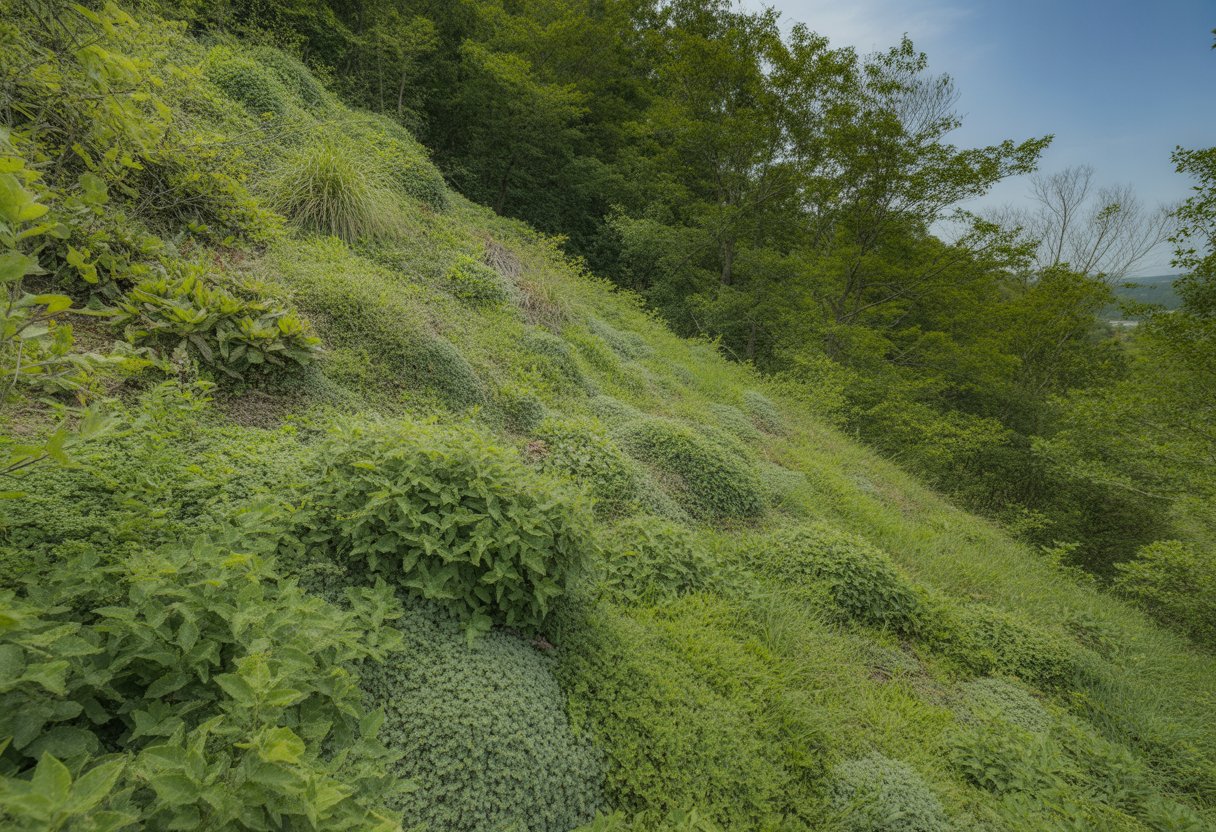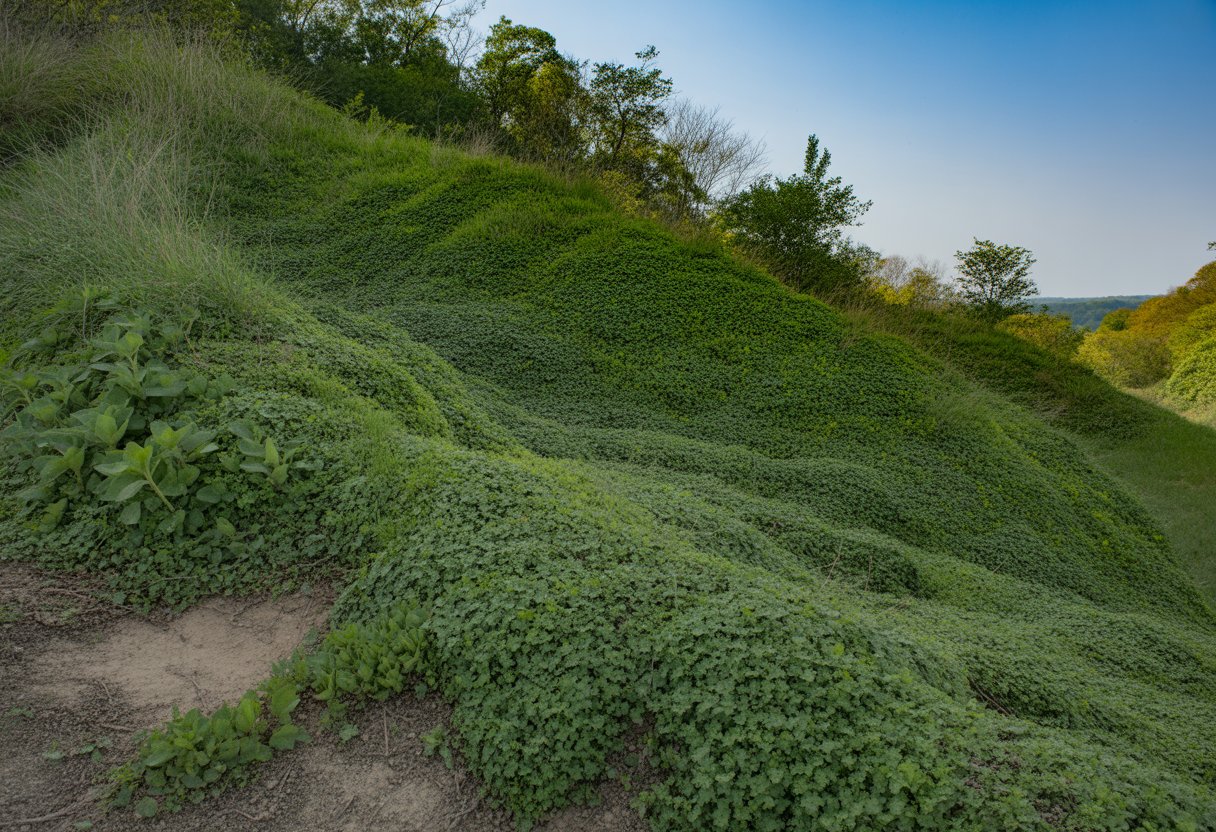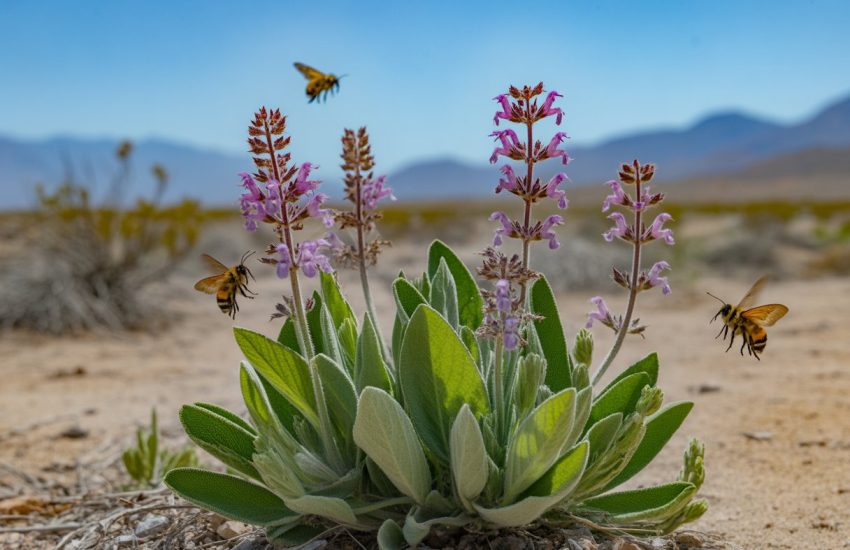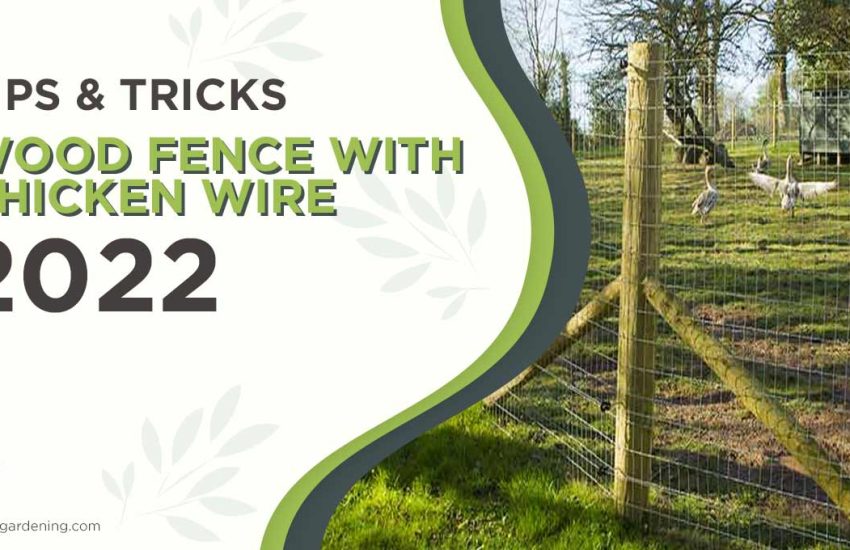Ground Cover for Steep Slopes Virginia: Effective Solutions for Erosion Control and Stability
Managing steep slopes in Virginia isn’t always straightforward. You’ve got to pick the right ground cover to keep soil in place and help the hillside stay put.
Effective ground cover plants for these areas grow strong root systems that hold the soil, all while handling Virginia’s unpredictable weather.

The best ground cover depends on the slope’s angle, soil type, and how wet or dry things get. Native plants usually do the trick since they know the local terrain and boost the ecosystem.
If you’re a landowner or landscaper, you might lean toward creeping juniper, vinca minor, or creeping phlox. These all handle Virginia’s slopes well and, honestly, look pretty good too.
Selecting Ground Covers for Steep Slopes in Virginia
Picking ground cover isn’t just about looks; it’s about keeping soil from washing away and making sure the slope stays put. Growth habits, root depth, and how well a plant adapts to Virginia’s quirks all matter when you’re fighting runoff.
Criteria for Effective Erosion Control
Plants with deep roots grip the soil, which is exactly what you want on a steep slope. Dense, spreading leaves help soften the blow of rain and slow down water.
Groundcovers that grow into a thick mat can stop soil from sliding around. Durability matters, too.
Virginia gets slammed with heavy rain and sometimes goes bone-dry. You need species that can handle both and still cover the ground.
Evergreen plants help out in winter since they keep holding the soil. Mulch gives established groundcovers a boost, locking in moisture and keeping the soil in place while young plants get started.
Top Plant Choices for Virginia Slopes
Some plants just work better for steep slopes here. Liriope, creeping juniper, and blue rug juniper all have tough root systems and can really help with erosion.
Liriope’s kind of like grass but stays green all year. It does well in shady spots, making it a nice pick for under trees.
If you want to mix things up, try pairing flowering shrubs like dogwood and lilac with your groundcovers. Their woody roots dig in deep, and the leaves help shield the soil.
A mix of shrubs and groundcovers gives you both stability and a nicer view.
Sun and Soil Considerations
How much sun a slope gets can make or break your plant choices. South-facing slopes get hot and dry, so you’ll want drought-tolerant plants like junipers.
North-facing slopes stay cooler and shady, which is perfect for shade-tolerant liriope or ferns. Soil matters, too.
Sandy soils drain fast and need drought-resistant plants. Virginia’s soils usually range from acidic to neutral, so you’ve got options.
Testing the soil’s pH and fertility helps you pick plants that’ll settle in quickly and cover the ground. Prepping the soil—think mulching and adding amendments—can make a big difference for young plants.
Installation and Maintenance Tips
Getting ground cover to stick on a steep Virginia slope takes some effort. You really have to pay attention to soil prep, erosion control, and regular care if you want those plants to settle in.
Moisture and nutrients—can’t skip those if you want things to thrive.
Soil Preparation and Mulching
Start by clearing out debris and yanking any invasive weeds. That gives your plants a fighting chance.
Test the soil to check pH and nutrients, then adjust with lime or sulfur if needed. Loosen up compacted soil so roots can dig in and water doesn’t just run off.
Throw down mulch right after planting to slow erosion and keep things moist. Go for organic mulches like shredded bark or straw—they’ll break down over time and feed the soil.
Keep mulch about 2-3 inches thick, but don’t pile it up against plant stems or you might get rot. Early on, stay on top of weeding so your ground cover doesn’t have to fight for space.
Regular mulching keeps weeds down and adds organic matter as the years go by.
Hydroseeding Techniques for Slopes
Hydroseeding works well for Virginia’s steep hillsides. You spray on a mix of seed, mulch, fertilizer, and tackifier all at once.
The tackifier glues everything down so the rain doesn’t wash it away. For best results, use a hydroseeding mix made for erosion control.
Pick seeds that are native or well-adapted, with strong roots and good drought tolerance. Don’t skimp on following the right application rates—too much or too little seed can mess up your coverage.
Timing helps, too. Spring or fall usually gives you the best shot at good germination.
Make sure your equipment spreads the mix evenly, especially on bumpy slopes. That way, you don’t end up with bare patches.
Watering and Fertilization Best Practices
After planting, water often but lightly. Steep slopes dry out fast, so you need to keep the top layer moist until roots settle in.
Once your plants are established, you can water less often but more deeply, especially during dry spells. Set up irrigation to avoid runoff and make sure the whole slope gets water.
Fertilize based on what your soil test says—don’t just guess. Too much fertilizer can hurt plants and make erosion worse.
A slow-release, balanced fertilizer works best for steady growth and strong roots. Skip fertilizing before heavy rain or you’ll just lose nutrients to runoff.
Managing Common Challenges on Steep Slopes

Steep slopes in Virginia come with their own headaches—pests, weeds, and erosion can all cause problems. Keeping groundcovers healthy takes a bit of strategy and patience.
Integrated Pest and Weed Control
Picking groundcovers that resist local bugs and aggressive weeds makes life easier. Regular weeding and mulching gives your plants a leg up and helps them fill in faster.
If you need to use herbicides, go easy and watch for runoff issues. Manual removal still matters—sometimes it’s just the best way to protect natives and avoid overdoing the chemicals.
Keep an eye on insect populations. If you really have to, you can use pesticides, but try to combine pest-resistant plants with smart gardening practices.
That way, you get a healthy slope and fewer headaches down the road.
Protecting Against Runoff and Soil Loss
Runoff on steep slopes speeds up soil erosion. This makes it tough for groundcover to get established and can even put the whole slope at risk.
Adding a layer of mulch helps water soak in and slows down how fast it moves. I always recommend picking groundcovers with thick, tangled roots—creeping juniper or vinca minor work well in Virginia—to really hold the soil in place.
You might need to plant along the contour lines or even build terraces to steer water where you want it. Try not to irrigate right before or during heavy rain, since that just adds to the runoff problem.


